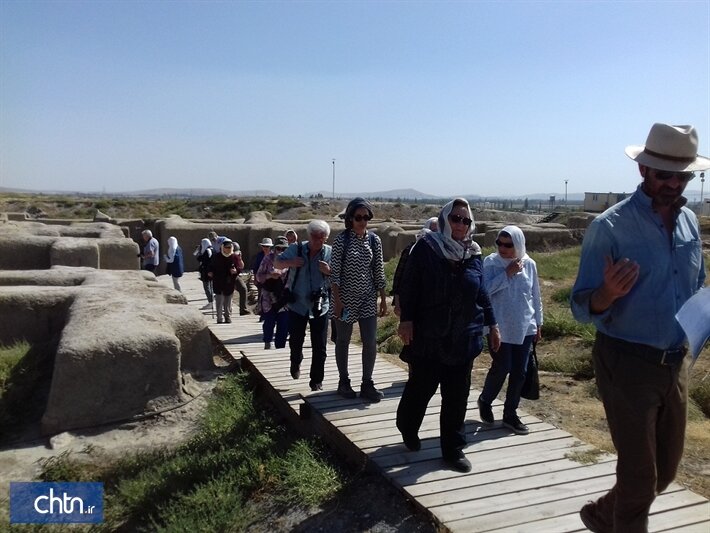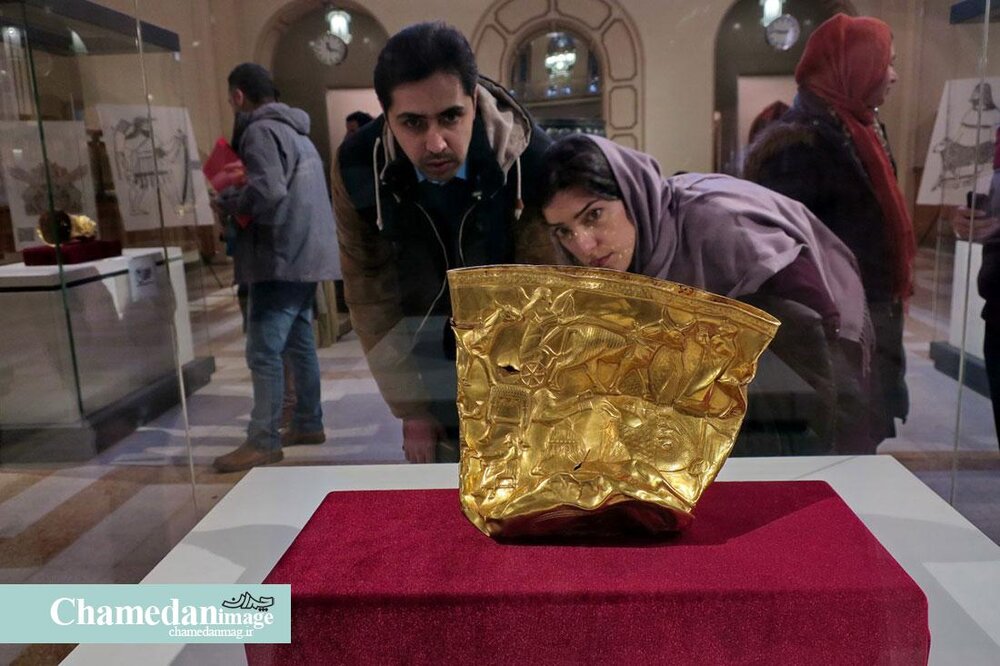Foreign visits to millennia-old Hasanlu on the rise

TEHRAN – Foreign visits to Hasanlu, a millennia-old archaeological site in northwest Iran, has been on the rise over the past couple of months, director of the historical site has said.
The number of international travelers visiting Hasanlu historical complex has increased by 64 percent in the first half of the current Iranian calendar year (started March 21) compared to the same period last year, Hassan Shiri said on Saturday, CHTN reported.
“Some 5,400 foreign nationals toured the historical complex during the period, which shows 64 percent growth year on year,” the official said.
A majority of the foreign visitors were from France, Germany, Italy and Russia, he added.
“The [Hasanlu] complex is the largest Iron Age town in the Middle East, and its oldest layer dates about 8,000 years and the complex has a special status in architecture.”
Last year, Shiri announced that Iran’s cultural heritage body was making efforts to inscribe Hasanlu on the UNESCO World Heritage list, saying “An all-inclusive dossier on Hasanlu has been compiled and is ready to be submitted to the UN cultural body.”

A couple looks at the Golden Bowl of Hasanlu, which dates from ca. 900 BC, in an exhibit at the Bank Melli Iran Museum in downtown Tehran, February 6, 2018.
Among the most important objects uncovered at Hasanlu are an unusually decorated silver bowl, several iron garment pins headed by bronze lions, a solid gold bowl, a knife handle with gold cloisonné, and two hollow bronze horse heads that served to hold liquids.
According to the Britannica Encyclopedia, Hasanlu was inhabited from about 2100 to about 825 BC, but the richest period yet excavated dates to the 10th and 9th centuries BC. The period, often called “Mannaean” after the name of the people who lived in the area, is characterized by a gray pottery accompanied by black and red varieties, the black ware being of much finer quality and probably made in imitation of metal vessels
Experts say parallels to the motifs on the Hasanlu objects have been found in Elam, Assyria, north Syria, and Urartu, indicating that Iran not only received considerable cultural and artistic stimuli from other areas but also in turn exerted influence on the Middle East.
AFM/MG
